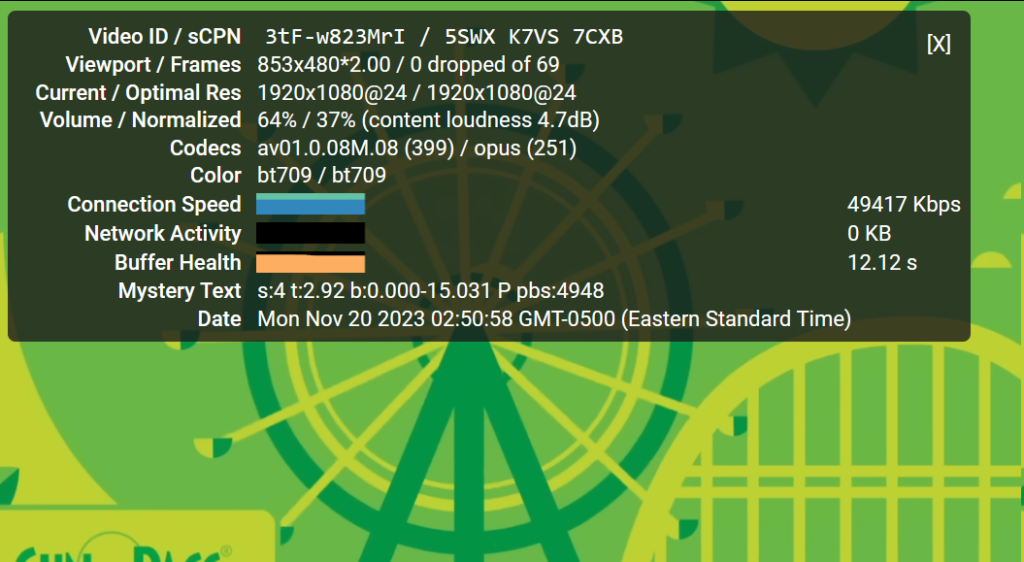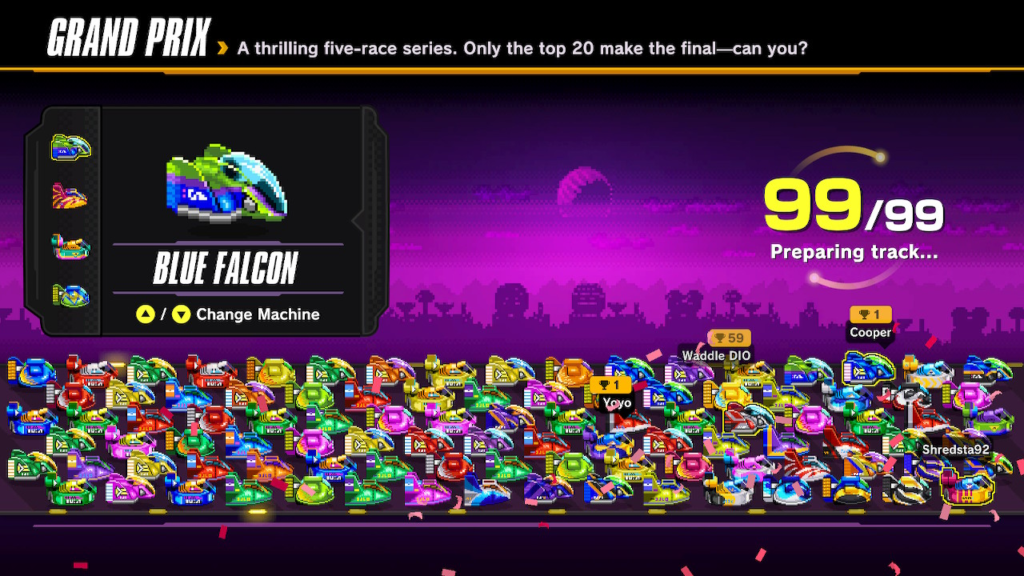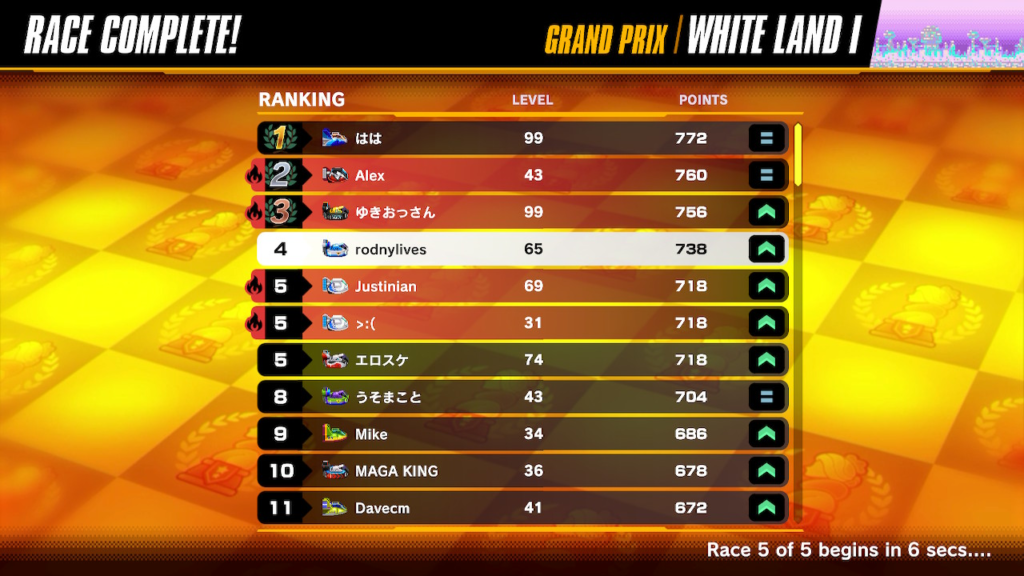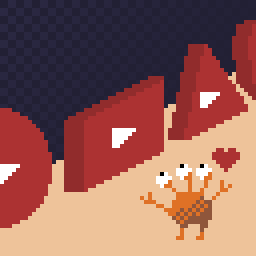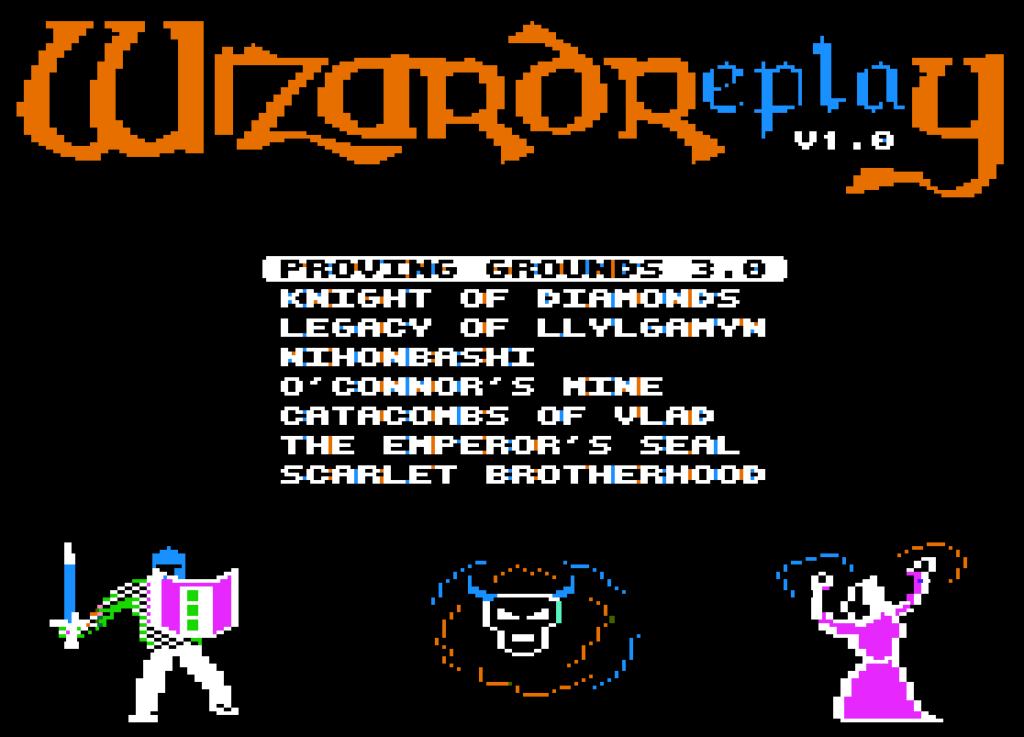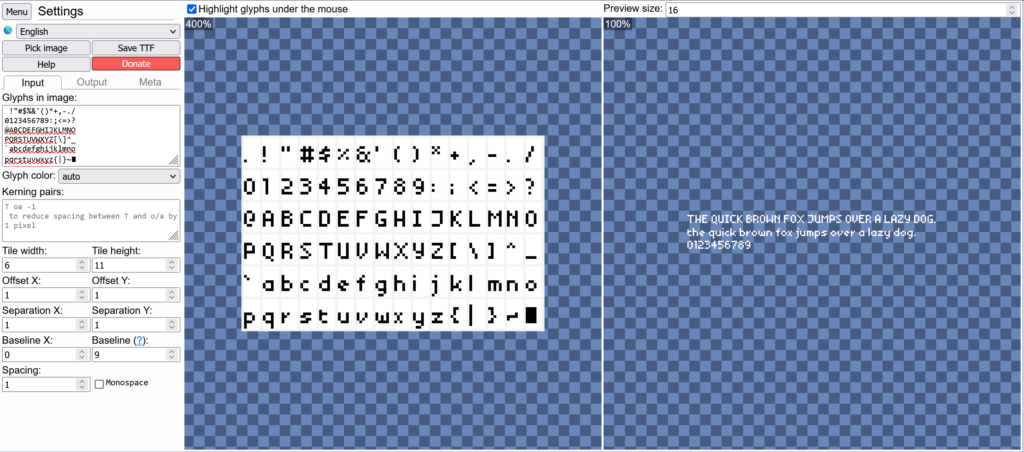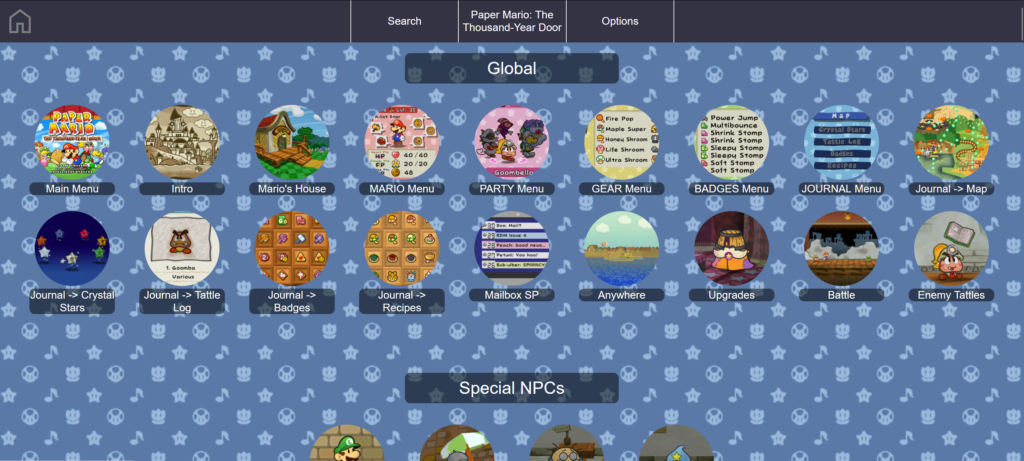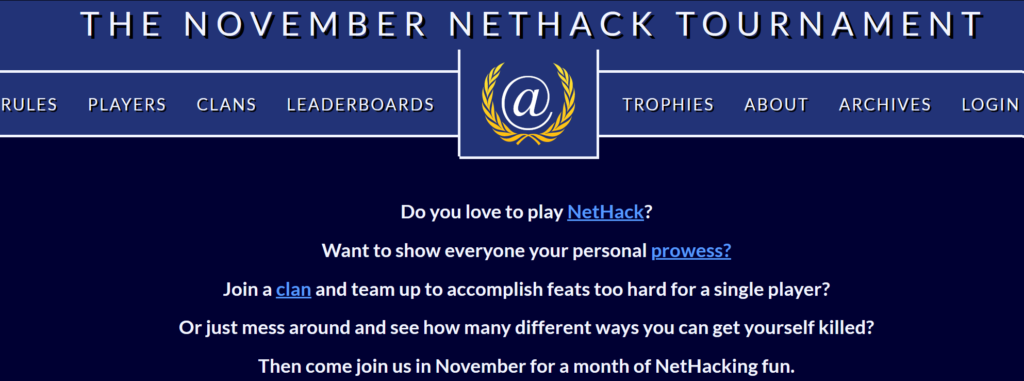Infocom text adventures in the classic style have this interesting thing they do where you explore interesting locations and solve puzzles in the rooms, but there’s also some miscellaneous things you have to do to keep yourself alive. Resource management.
Later Infocom games tended to go much easier on this kind of puzzle, but they were, then and now, a source of frustration to players, and that kind of difficulty termed friction by some, isn’t currently in fashion and can be excluding to new players.
Zork I in particular had two such elements: the need to keep a light source going in the underground at all times or else stumble around in the dark and soon get eaten by grues, and its carrying limit, which forced players to ascend to the White House frequently to deposit their treasures in the Trophy Case.
Similarly Planetfall, that game what has Floyd the robot in it, requires your character keep themself fed to stay alive, which is something of a distraction from the game’s mysteries. It also removes some ways the player can block themselves from winning, and removes some of the ways to die, in the name of fairness.
There are a couple of Github projects that took the publicly-released source code and removed these portions of the game. All of the rooms are still there, but the lamp has so much energy that it probably won’t run out, the player can carry much more and won’t fumble with the items they’re carrying unless they carry a huge amount, probably more items than there is in the game.
Just to let you know, I’m not yet aware of any such project to make the Babel Fish puzzle in the game of The Hitchhiker’s Guide to the Galaxy less infuriating.
Zork I Modernized and Planetfall Modernized (github)


